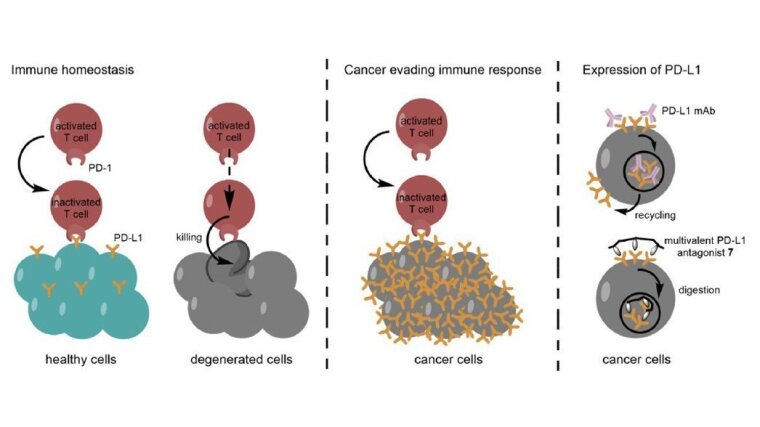
Published:
In the last decades, nanoscale drug delivery systems have gained great attention partly due to their abil- ity to improve the bioavailability of water insoluble drugs. To this end, the general aim in developing nanomedicine is to enhance efficacy, drug stability and drug safety profile ideally by an active- or passive- cell specific targeting effect. Alteration of dose-response and potential personalization might be future trademarks of nanomedicine.
Macromolecular prodrugs (MPDs) represent a sub-class of polymer-drug conjugates featuring a degradable linkage between a macromolecule and a drug. MPDs are in particular interesting due to their capability to prolong blood circulation and to reduce side effects caused by min- imized premature drug leakage. The maximum drug loading capacity is another advantage of MPDs over conventional nanomedicines. The chemical accessibility of drug conjugates and polymer carrier materials as well as recent developments in the MPD design of the last five years are summarized in this review article.
The complete article can be found here:
https://doi.org/10.1016/j.progpolymsci.2024.101855External link
Authors: Julien Alex, Christine Weber, Carlos Guerrero-Sanchez, Ulrich S. Schubert